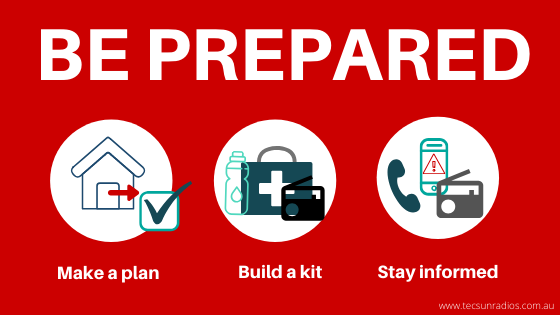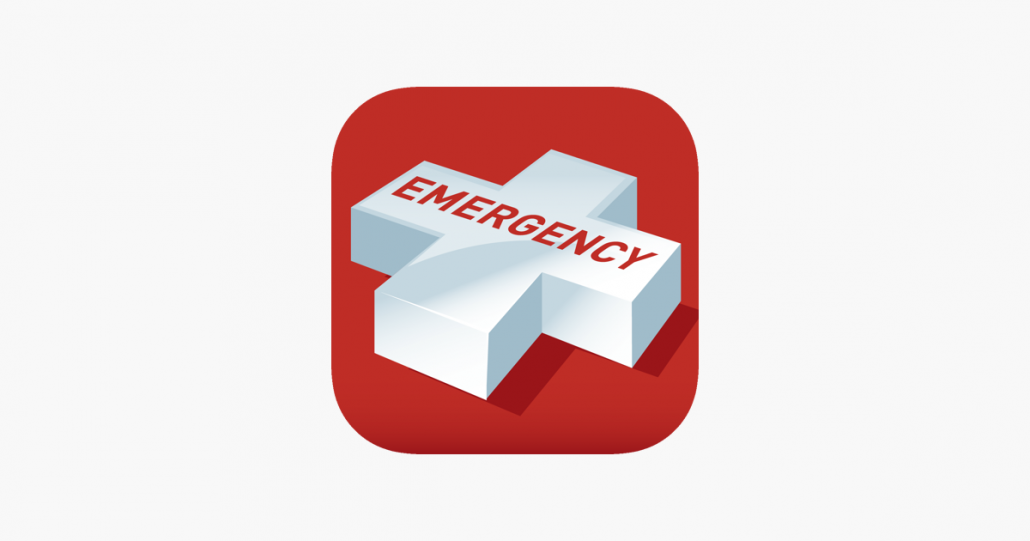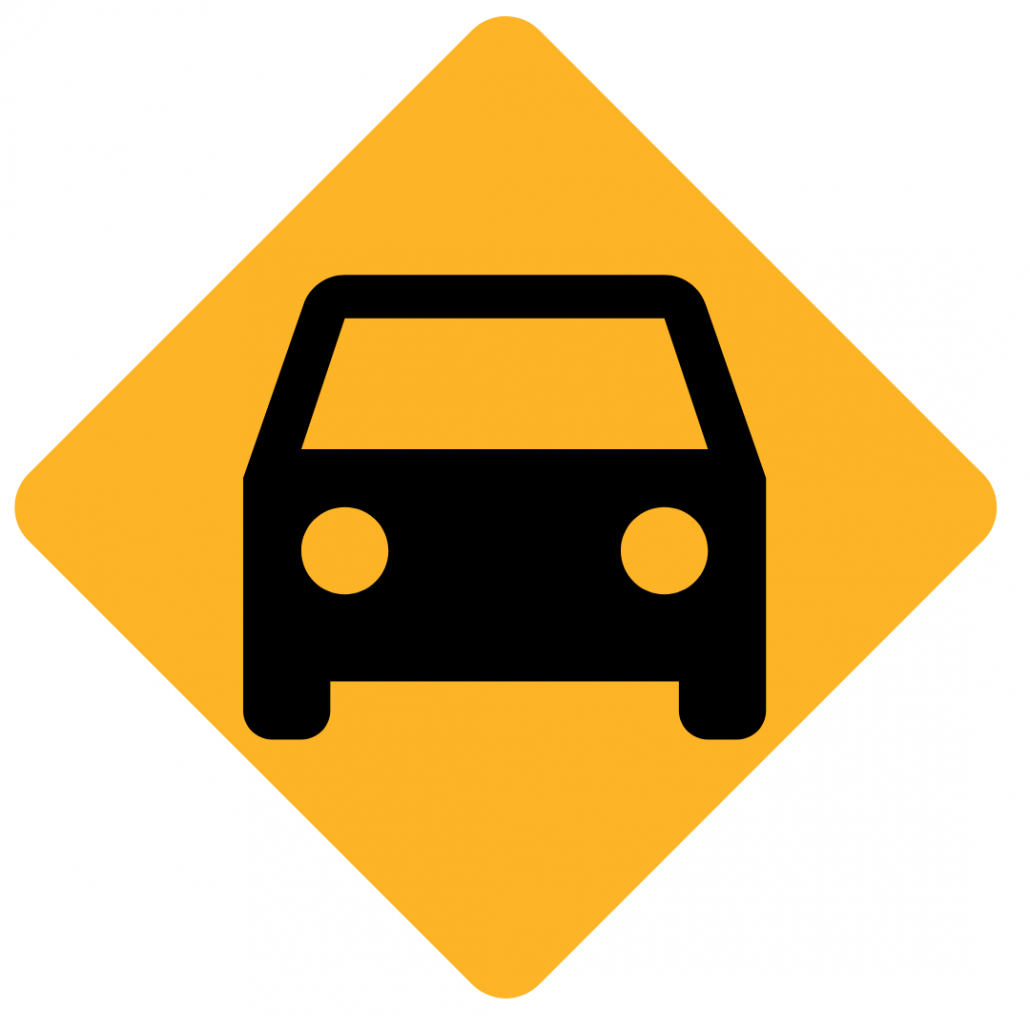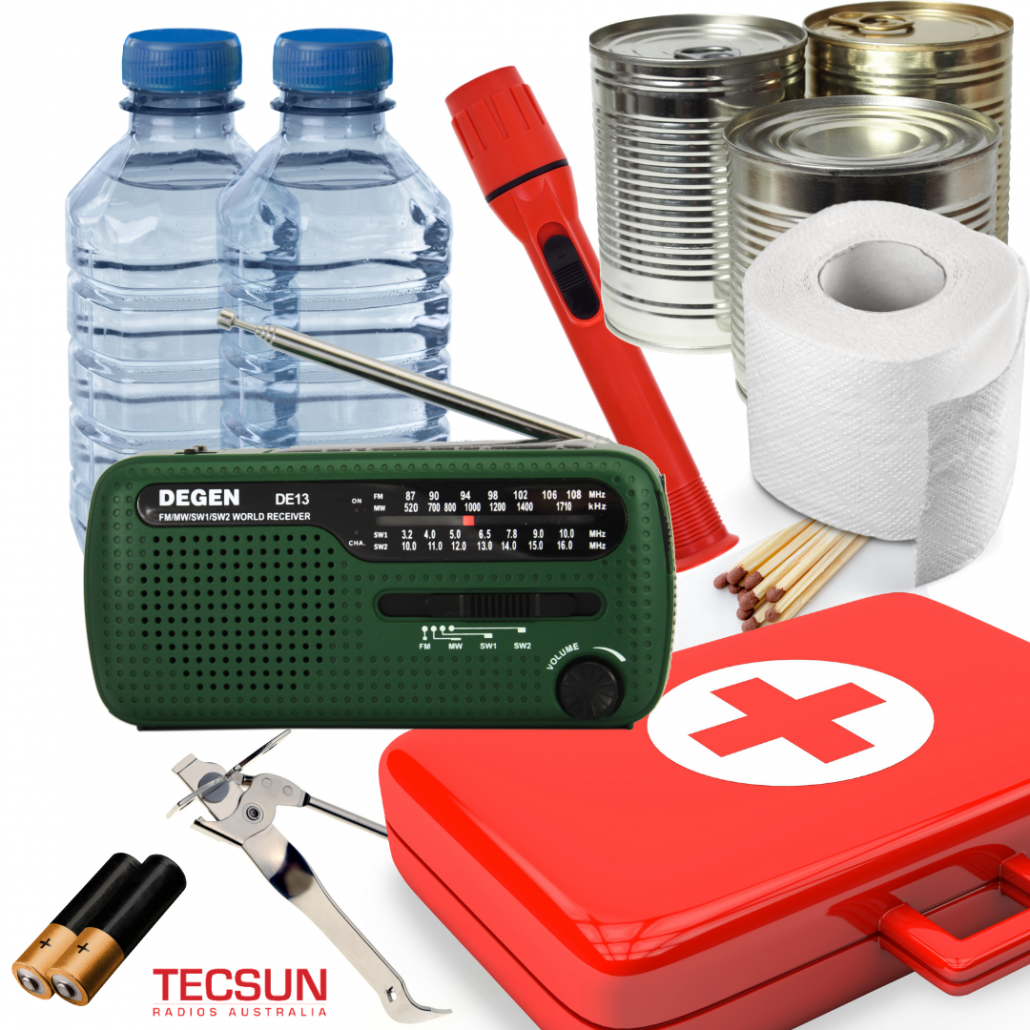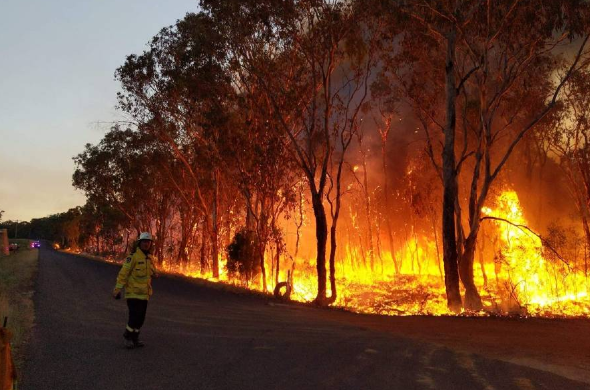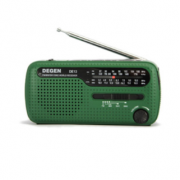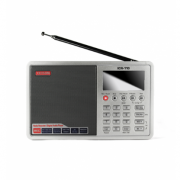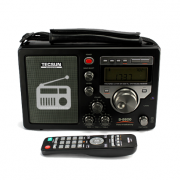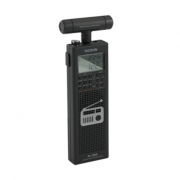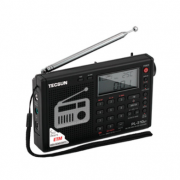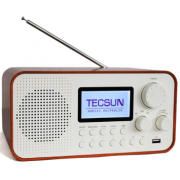
We came across a story this month that reminded us of the importance of being educated in radio communication and a reminder of what a resourceful, knowledgeable, and helpful community amateur radio operators are.
On September 7, 2022, a boat named SV Nereida traveling from Cape Flattery, the northwesternmost point of the USA to San Francisco, California became disabled after 2 days of 35 knot winds and storms.
81 year old Jan Socrates, an experienced sailor who has sailed around the world without assistance, and in fact has been the oldest person to do so, found herself very low on power and her onboard radio equipment marginally operational. But her knowledge of amateur meant she knew how to get her message out to a community who could help!
Amateur operators in New Mexico, California, and Canada, and members of Group 7.155 heard her requests for assistance.
One such person who heard her request and in fact was able to contact Socrates on 40 metres was Gil Gray, N2GG. “Her power was extremely low, and she was unable to communicate on 14.300 MHz to notify the monitoring group on that frequency,” said Gray. “She needed help with wind and sea conditions, and tidal data for San Francisco Bay,” he added.
Q5 copy was almost impossible due to the low-power output on the HF radio which would typically be Q2 or Q3. Thankfully several software-defined radio (SDR) operators were on hand in California, Utah, and Maui, Hawaii, who were able to glean enough copy to understand her situation and answer questions for her navigation.
Another stroke of luck was that several of these radio operators were also experienced sailors and helped guide Socrates through periodic contact with weather and wind reports.
Their last contact was on Monday, September 12, at 11:00 AM (MSDT). By this time, Socrates was sailing with only the forward sail on her 38-foot sloop. Thankfully, a “following wind” kept her moving without a mainsail.
As the Golden Gate Bridge appeared within sight, Socrates was able to use the tidal information passed on by amateur radio operators to make it safely to Berkeley Marina in San Francisco Bay.
“I wouldn’t call it a rescue,” said Socrates, “just good amateur radio assistance — and I’m grateful for their help.”
This is actually one of 3 events in September in which amateur radio was able to provide emergency assistance.
If you would like to learn more about Jan Socrates’ travels, take a look at her Facebook page.
Do you know somebody who loves to travel and who would benefit from knowledge of shortwave? Send them this article, and indeed a link to this website as we have lots in interesting shortwave news, links, and resources, as well as the best range of shortwave radios available in Australia.
Adapted from the original article that can be found on https://www.arrl.org/news/



